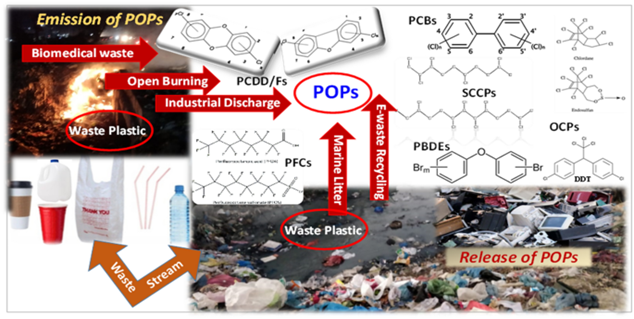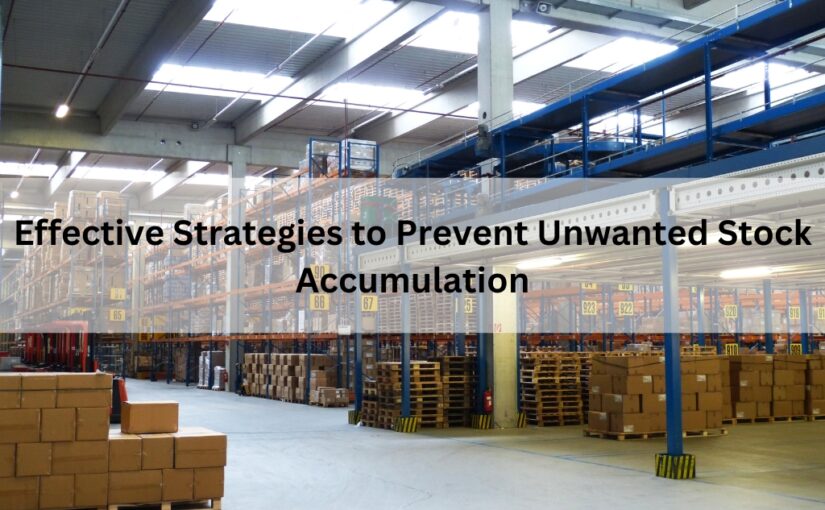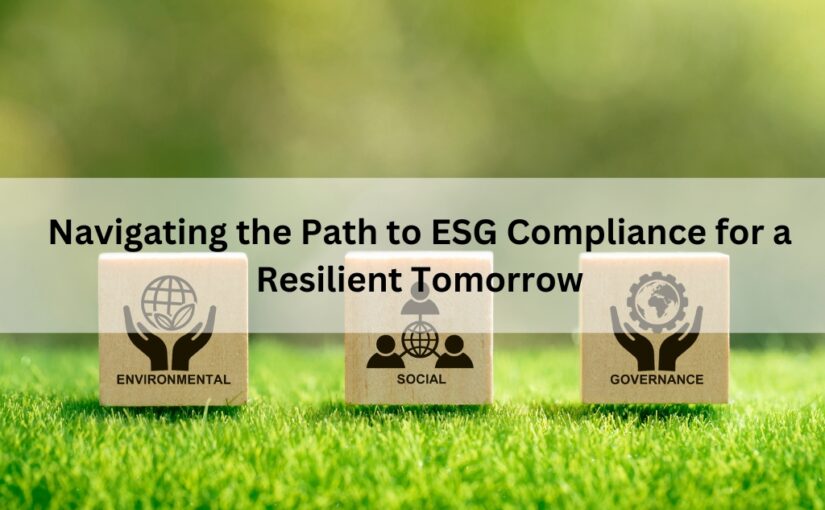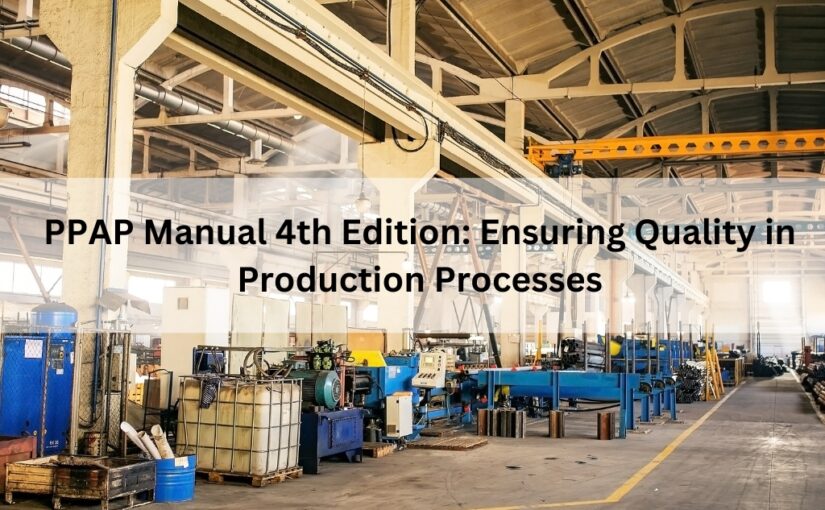Impact of electronic devices on the environment: Persistent Organic Pollutants (POPs)
Harmful chemicals can travel around the globe and cause adverse effects far from where they were produced and used. Persistent organic pollutants (POPs) are well-known for traveling long distances and reaching remote areas. Many of these devices, however, contain components and materials that pose health and environmental risks. We will explore the sources and risks of POPs in electronic devices in this blog post. Electronic devices are made up of circuit boards, casings, cables, batteries, and other components made of this material. Manufacturing and disposal processes may introduce it into the environment. Codes for low waste are based on the chemical makeup of the waste, as well as whether hazardous waste controls or persistent organic pollutants (POPs) apply.
The WEEE can be divided into the following categories:
- • Hazardous waste is waste that contains hazardous chemicals in certain concentrations.
- • POP waste – If the chemicals exceed certain concentrations and are POPs.

A POP is an organic compound that is toxic, persists in the environment, accumulates in food chains, and poses a health and environmental risk. Because of their persistence, these chemicals can be transported far from their sources via air, water, and migratory species. Pollution can occur when POPs are released into water bodies or deposited in soil. Consequently, aquatic life, soil organisms, and ultimately humans are at risk of consuming contaminated water and crops.
Here are some solutions:
- • Eco-design principles can reduce hazardous substances.
- • To reduce and eliminate POPs in electronic devices, manufacturers, policymakers, consumers, and recycling facilities must collaborate.
- • Regulations restricting or banning POPs in electronic devices should be enacted and enforced by the government.
- • By increasing public awareness of POP risks, consumers will demand safer and more sustainable electronic devices.
- • Research and development should focus on developing safer alternatives to POPs commonly found in electronic devices.
The effects/impacts are as follows:
- • POPs negatively impact ecosystems and biodiversity, resulting in population declines and biodiversity losses. Besides affecting human health, it can also cause cancer, developmental disorders, neurological effects, and hormonal disruptions, resulting in thyroid problems, impaired immune function, and metabolic problems.
As a result of their widespread distribution and use, POPs have a significant and widespread impact on human health and the environment. Due to our inability to reduce the production, use, and release of pollutants that harm human health and ecosystems, we must take steps to protect both.










